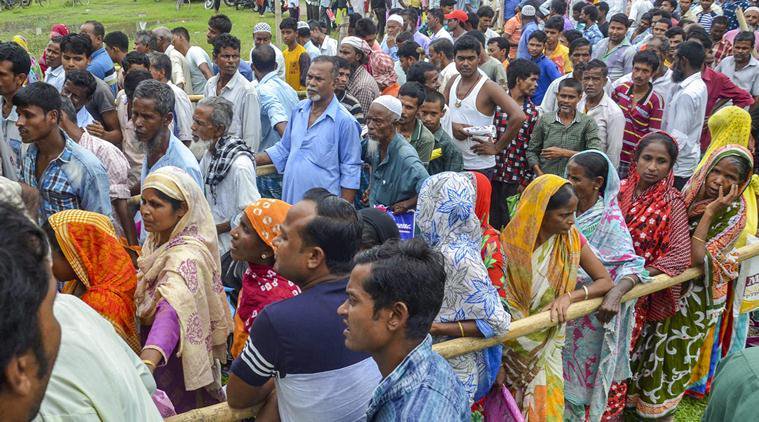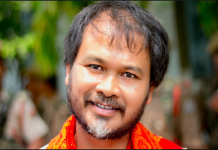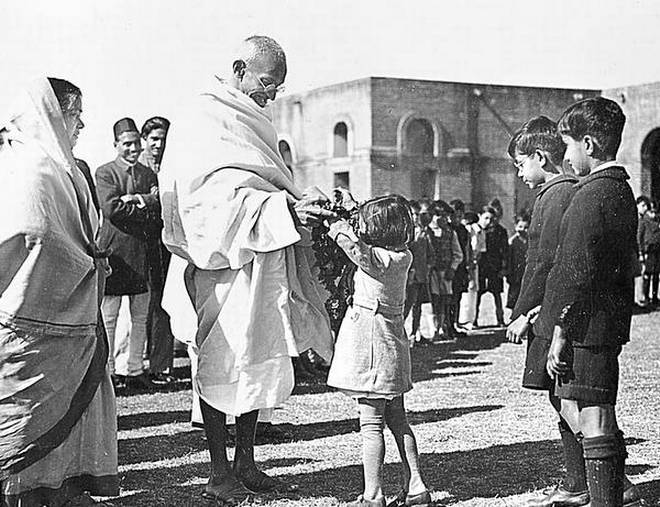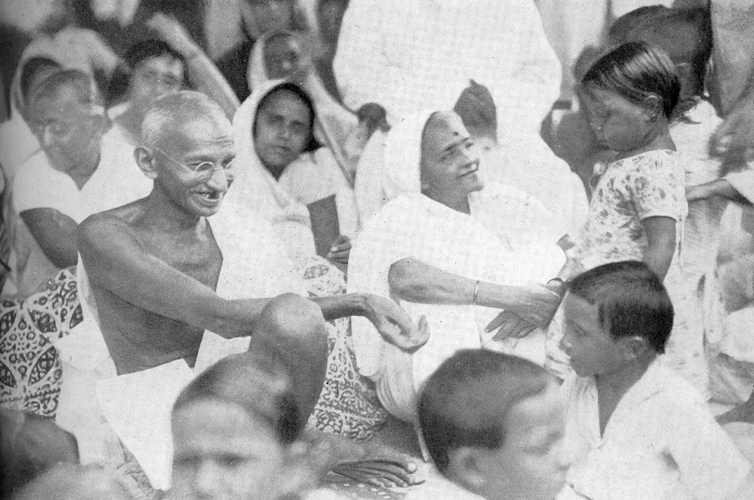COMBATING COMMUNALISM
In this piece the author reflects on the death of Nilotpal Das and Abhijeet Nath and communal tensions between Mahzabi Sikhs and Khasis in Meghalaya.
Dr. Piyashi Dutta – Assistant Professor, Amity School of Communication, Amity University, Noida.

The quaint city of Shillong was brought to a standstill from the evening of 31st June 2018. News of communal tension began doing rounds via various social media platforms and within a span of 24 hours the vibrant city brewed in tension and mob violence. The administration imposed curfew, initially in some localities of the city and later was prompted to extend the curfew to the entire city, which lasted for a week. Community life was completely thrown off gear, economy of the state incurred heavy forfeiture, largely because tourism and hospitality sector lost its business in the peak tourist season.
For the uninitiated the flicker for the week-long incidents of violence in Shillong was a rumors that spread through WhatsApp, the permeating social media platform that has progressively become an unfiltered means for spreading hate and rumour-mongering. The actual matter was a fracas between members of the Mazhabi Sikh community (long-time settlers in the Punjabi Lane area of Shillong), and a Khasi youth and his companions over a local issue. The entire episode was harmoniously resolved between representatives of both the communities. As fate had it planned, a fictitious story that the youth died in the scuffle, spread like wild fire. As a result of which large numbers of Khasi demonstrators approached the Punjabi Lane, demanding that the Sikh residents be moved from the area.
District administration was left baffled by the tenacity of the protestors who resorted to stone pelting and hurling petrol bomb, acting merely out of anger which had no real grounds to hold. Internet connection was banned, arrests made and several rounds of deliberations to resolve matter, after a long week somehow has allowed the city to crawl back normalcy. Though the issue of the resettlement of the Mazhabi Sikhs of the Punjabi Lane is far from being resolved.
Spine Chilling Death of Nilotpal Das and Abhijeet Nath (Assam), Mob Lynching
The sparks of tension had barely dimmed in Shillong, that a ghastly act of mob violence in Dokmoka town in Central Assam’s Karbi Anglong district, send chills down the spine. Two youth 28-year-old Abhijeet Nath and 28-year-old Abhijeet Nath, were brutally hacked to death with machetes and thrashed using bamboo sticks by a mob of more than 200 near the remote Panjuri Kachari village on 8th of June 2018. The duo were wandering around in search of ornamental fishes in Karbi Anglong’s scenic Kangthilangso waterfall. A rumour suddenly caught fire that the duo were child abductor, and the mob hacked them to death without paying any heed to the pleas of the youth who repeatedly tried to ascertain their identity by identifying the names of their parents and so on.
Ironically, after the ghastly act social media is outpouring with posts, comments and campaigns calling out for justice for the deceased.
Solemn Reflections
But have we as members of this modern society stopped by, to reflect on our collective actions as stakeholders in this society. India is not a new spectator to mob violence or herd mentality. Since times immemorial, we have seen irrational passion and unreasoned anger that spills out like venom collective fears and angsts. Once the matter is resolved or brushed away under the carpet with the passage of time, we cease to discuss the matter which is pecking at our society like cancer.
We’d do well to remember that mobs, on the internet or otherwise, whatever the act, are always driven by collective empowerment, deriving from individual thoughtlessness.
It’s time we recognise the socio-psychological disorder that has plagued the society and take up collective steps, before more innocent lives are lost and community life is plundered. Noteworthy is the fact that social psychologists have been examining all pertinent topics associated to mob/herd mentality and deduced that there are three psychological theories to crowd behavior: Contagion Theory, Convergence Theory, and Emergent-Norm Theory.
Given the nature of events, in the bygone fortnight, the Contagion Theory (Crowd Frenzy) is of significance. It can act a source to understand the upsurge of herd mentality in India and look for possible solutions to mitigate the process. As per the theory, crowds effortlessly become unrestrained, wild, and hysterical. In such a state, they can exercise a magnetic impact that leads to irrational and emotionally charged action among the members. For instance, with herd mentality, superstitions can develop from a delusion or rumor between small groups of individuals and intensify rapidly.
In view of this theory, it can be understood that mob mentality is a socio-psychological malfunction that has a snowball effect. Such a phenomenon is worrying and the recent incidents from the eastern regions of India are the addition to a tangible history of mob violence in India.
The idea therefore, is to discuss and debate the matter on relevant platforms and establish deterring mechanism (laws under IPC and CPC) for the perpetrators. Such cases of rumor mongering, mob violence in a technologically advanced and modern society cannot merely remain as case studies for academics.
***













